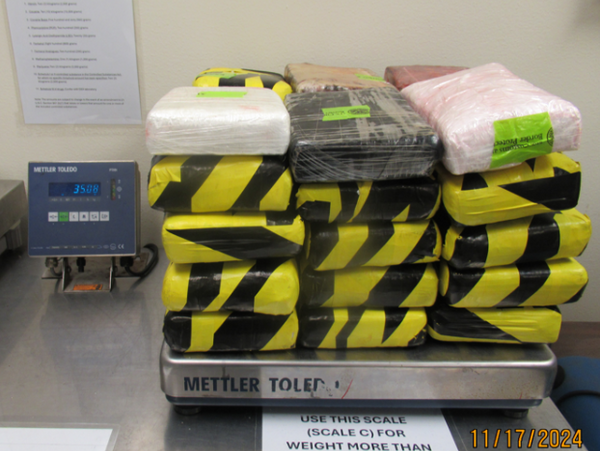
If you plan to retire at the end of 2025, the clock is ticking fast. With only a few months left in the year, now is the time to make sure you are ready to transition to this new phase of life.
Trending Now: Here’s Why You Might Want To Invest Your Retirement Savings in a Roth 401(k)
Consider This: 4 Affordable Car Brands You Won't Regret Buying in 2025
Here are four things you should do now if you are preparing to retire at the end of 2025.
Review Your Anticipated Expenses
The one big difference between working and retirement is that in retirement you’ll likely have to get by on a fixed income with no work bonuses or raises to fall back on. This means you’ll need to keep a close watch on your expenses.
RetireGuide recommends reviewing the following expenses and calculating how much you can expect to spend on each in retirement:
- Basic living expenses: These include everyday expenses such as utility bills, groceries and home maintenance.
- Healthcare: You can expect to spend more on healthcare as you get older. First, review your costs for Medicare and/or insurance, including premiums, deductibles and out-of-pocket costs. Also, review your prescription drugs and medical device costs, if applicable.
- Leisure and hobbies: Review how much you expect to spend on things like dining out, entertainment and travel.
For You: I Asked ChatGPT When I’ll Be Able To Retire Based on My Current Finances — Here’s What It Said
Make Sure You Are Financially Prepared
If you haven’t already done so, now is a good time to put together a budget to make sure your retirement income is enough to cover your basic retirement expenses for at least a couple of decades — while also leaving plenty left over for unexpected costs.
As US Bank noted, it’s not unusual for people to spend 20 to 30 years or longer in retirement because of increasing lifespans. This means your assets should last as long as you live.
“Look at the fixed income you’ll receive during retirement, such as a pension or Social Security, plus your retirement savings and other investments, to see if there’s a gap,” said LeAnn Erenberger, wealth management advisor for U.S. Bancorp Investments. “If there is, you may need to work longer or cut expenses.”
Double Check Your Social Security Benefits
Your monthly Social Security payment will depend on a variety of factors, including your marital status, the age you claim benefits, how long you worked and how much you earned during your career.
For example, monthly Social Security payments are based on your 35 highest earning years. You can double-check your earnings record through a my Social Security account.
If something looks wrong, contact the Social Security Administration. Also, double-check to ensure that your expected benefits look accurate based on your earnings and age.
Make Sure Your Portfolio Meets Your Needs
When you retire, you’ll shift to mainly withdrawing from your investment accounts rather than contributing to them. This means you’ll need to adopt a different mindset in terms of what your portfolio should accomplish.
According to Charles Schwab, investors in the early years of retirement might want a greater allocation of stocks to guard against longevity risk. Those in their later years should prioritize income generation and capital preservation.
Here are some of Schwab’s recommendations based on your age:
- 60 to 69 years old. 60% stocks, 35% bonds, 5% cash and cash investments.
- 70 to 79: 40% stocks, 50% bonds, 10% cash and cash investments.
- 80 and older: 20% stocks, 50% bonds, 30% cash and cash investments.
More From GOBankingRates
- 3 Luxury SUVs That Will Have Massive Price Drops in Summer 2025
- I Paid Off $40,000 in 7 Months Doing These 5 Things
- I'm a Retired Boomer: 6 Bills I Canceled This Year That Were a Waste of Money
- 9 Downsizing Tips for the Middle Class To Save on Monthly Expenses
This article originally appeared on GOBankingRates.com: 4 Things To Do Now If You’re Preparing To Retire at the End of 2025







